| |

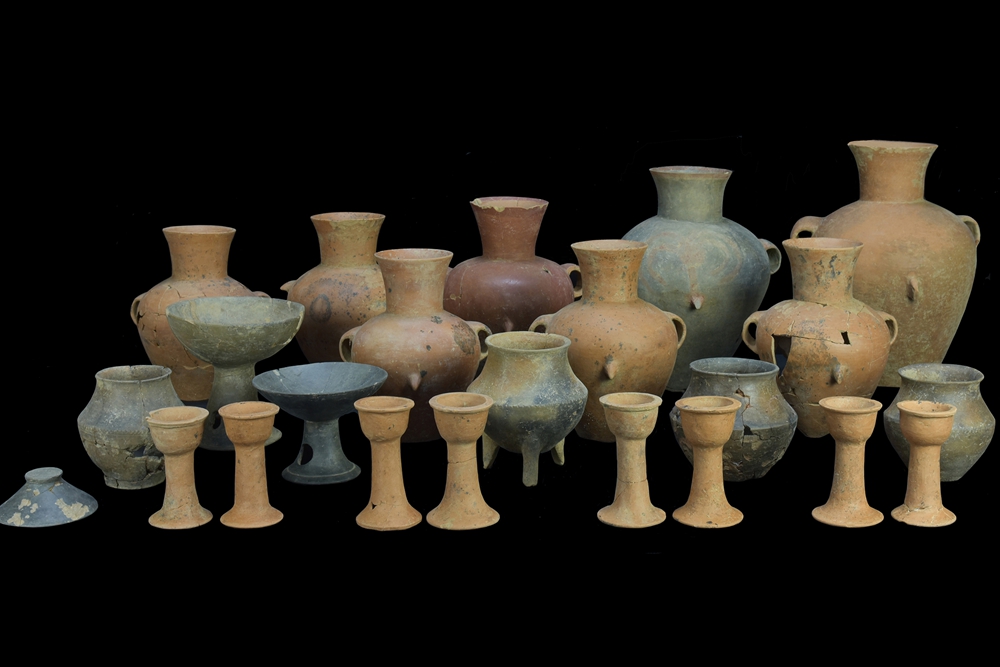
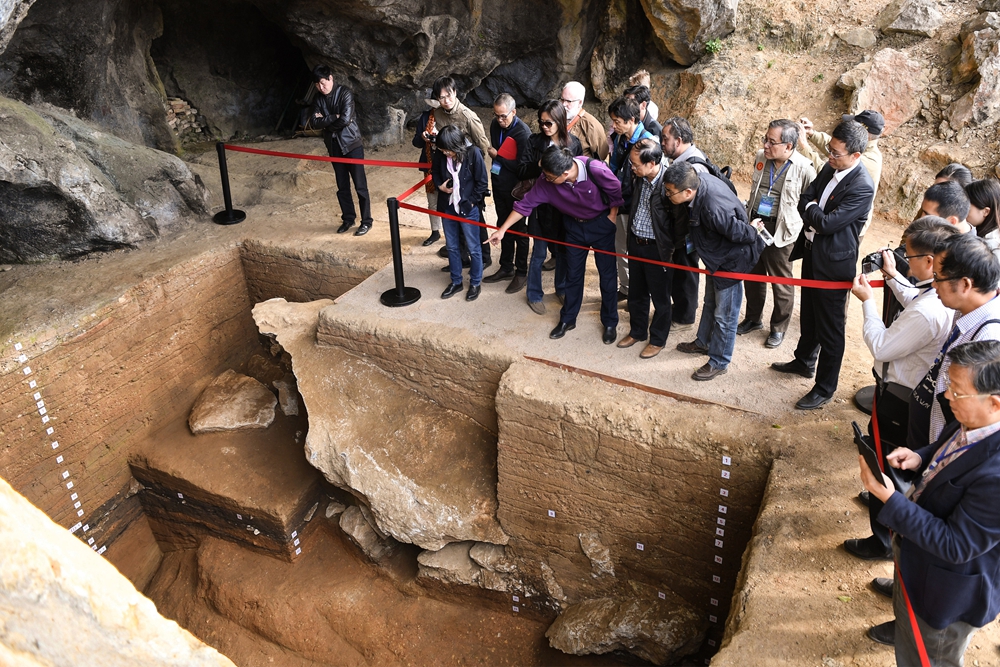
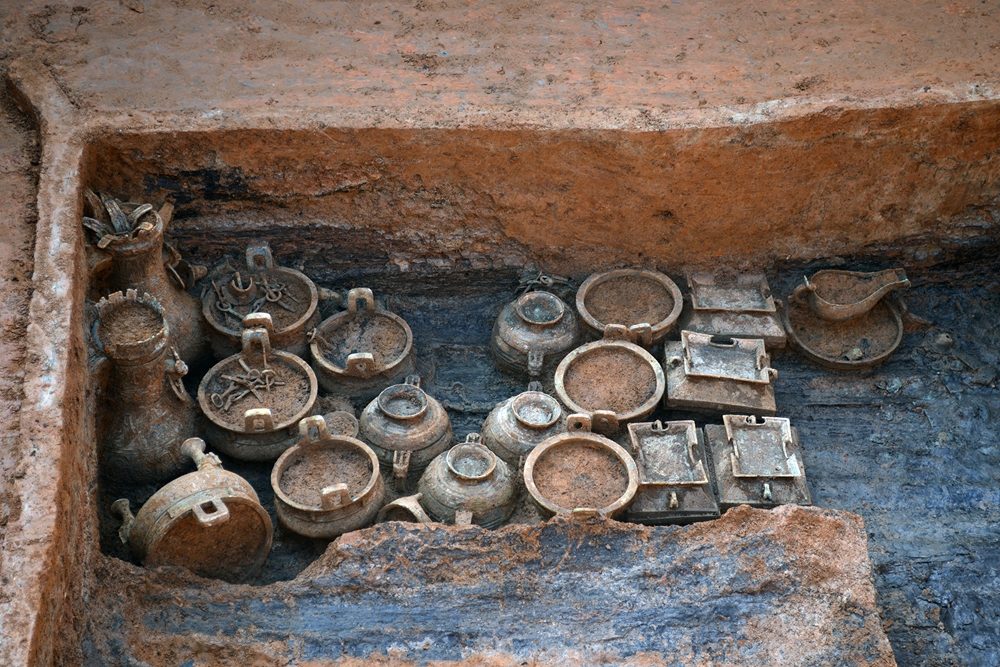
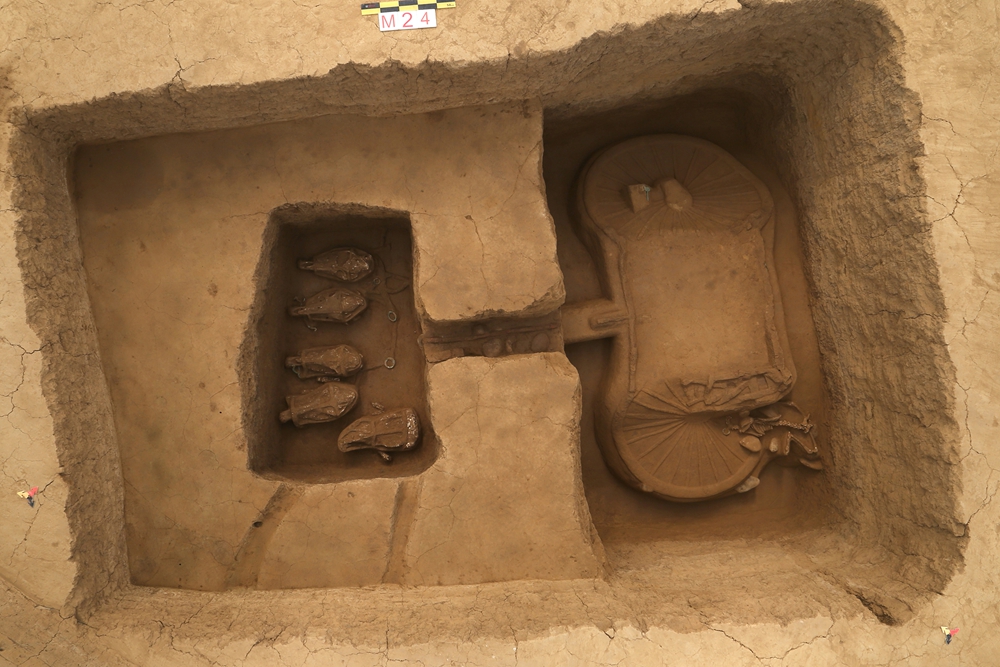
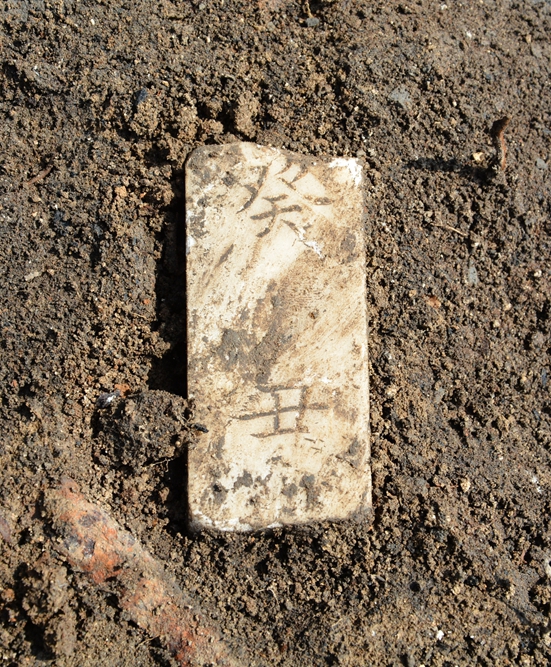
/
|
|
|
On January 16 in Beijing, the Chinese Academy of Social Sciences announced the six greatest archaeological finds in China for 2017. These discoveries have provided people with information on human activity spanning a period of more than 40,000 years. A brief introduction to the six findings and what they reveal follows: Prehistoric migration In a cave at the crossroads of China and Europe, archaeologists have unearthed stone artifacts dating back 3,500 to 45,000 years. It is the first Paleolithic cave site found in the southern foothills of the Altay Mountains, northwest China's Xinjiang Uygur Autonomous Region. The methods apparent in the creation of an oval shaped stone scraper found in the cave match those of similar artifacts from cultures in the western regions of the Eurasian landmass. According to experts, this discovery could shed light on cultural exchange throughout Eurasia and help us to better understand the early migration of our human ancestors. Stratified society Buildings, crypts, walls, trenches and jade artifacts have all been found in what appears to be a prehistoric settlement from around 5,000 to 4,600 years ago near Jinan City, east China's Shandong Province. According to archaeologists, the pottery and jade vessels found in ancient tombs were used in sacrificial ceremonies and banquets by a ruling class who sought to distinguish themselves from the common people. The Neolithic relics indicate a polarization of the rich and poor, and a society with a strict hierarchy of social status. Ancient grains In Mingxi County, southeast China's Fujian Province, carbonized rice and millet dating back 5,800 to 4,300 years have been found in middle and late Neolithic vessels. The discovery of the grains overturned previous theories that hunting rather than farming formed the primary means of subsistence in the region, and a further five graves found at the site could also help to determine more details about the lives of these people. The vessels themselves helped to fill gaps in the archaeological record for the northwestern part of Fujian between the Neolithic Era and the early dynastic period including the Shang (1600-1046 B.C.) and Western Zhou (1046-771 B.C.). Mystery state Over half a century ago, nearly 100 bronze vessels were unearthed in Jingshan County, central China's Hubei Province, leading to the discovery of the previously unrecorded ancient state of Zeng some 2,700 years ago. As more relics have been unearthed, the mystery surrounding the state has gradually receded. Last year, a bronze pot was discovered, proving that metal was once transported from south China to the capital of the Zhou Dynasty (1046-256 B.C) in the north. Archaeologists believe that the number of bronze articles found at the site indicates that the Zeng State was probably a center for the smelting, production and transportation of bronze utensils during the Zhou Dynasty. Cultural integration Remains of five chariots and 16 horses were excavated last year from a pit in Xingtang County, Hebei Province, revealing the story of the Rong and Di, two ancient ethnic groups. In addition to the chariot pit, discoveries dating from the late Spring and Autumn period (770-476 B.C.) to the early Warring States period (475-221 B.C.) included caves where the heads and hooves of a large number of cattle, sheep and horses were buried in different layers. Bronze utensils and pottery from the central plains of the Han ethnic group were also found, indicating the integration of the Han culture with those of the Rong and Di, nomadic tribes in north China. Royal temple ruins The ruins of the town of Baoma, situated on a hill in Antu County, northeast China's Jilin Province, have been shown by a jade book discovered there to be the site of a temple used by the royal family of the Jin Dynasty (1115-1234) for worship at Mount Changbai, according to archaeologists. The ruins of Baoma Town are among the best preserved and most important architectural remains of the Jin Dynasty. The discovery will help historians to understand the lifestyle and religious beliefs of the Jin Dynasty, which were established by nomadic tribes from northeast China.
|
|
||||||||||||||||||||||||||||
|